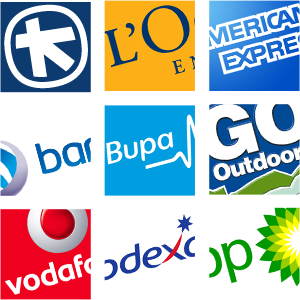Emotional Loyalty – the Gold Standard
Jun 22, 2017
There are many definitions of customer loyalty. Consider who you yourself are loyal to. Surely you’ll answer family and friends. Why? Because of the emotional bond you have with them. Your family and friends can do things you may not like, but you stay loyal because of that bond.
The same applies to the general principles of creating customer loyalty. To encourage customer loyalty, you must build an emotional bond with your customers.
Most accept that retaining customers is less expensive than acquiring new ones, and customer experience management is the most cost-effective way to drive customer satisfaction, customer retention and customer loyalty. Not only do loyal customers generally spend more regularly, they are also more likely to purchase additional more profitable products and services.
And then there’s Brand Loyalty.
The main difference between brand loyalty and customer loyalty is that customer loyalty mainly relates to the overall spending power of consumers. Brand loyalty on the other hand, has very little to do with prices or money. Brand loyalty has everything to do with how consumers perceive your brand.
Truth be told, you need both if you are to sustain a healthy customer engagement with your brand/s and your sales channel.
However, it’s the emotional dimension associated with the purchases that cannot be ignored when considering the design of an effective customer loyalty strategy.
Emotional loyalty is defined as a psychological preference leading to an attachment – the gold standard of loyalty and ultimately devotion beyond any transactional loyalty that discounts are designed to achieve.
Of the three common components of loyalty – customer, brand and emotion, it is widely agreed that emotional loyalty has the biggest influence on behaviour. Emotionally loyal customers are willing to spend with the brand even if meaningful and available alternatives are presented.
Back to the list


